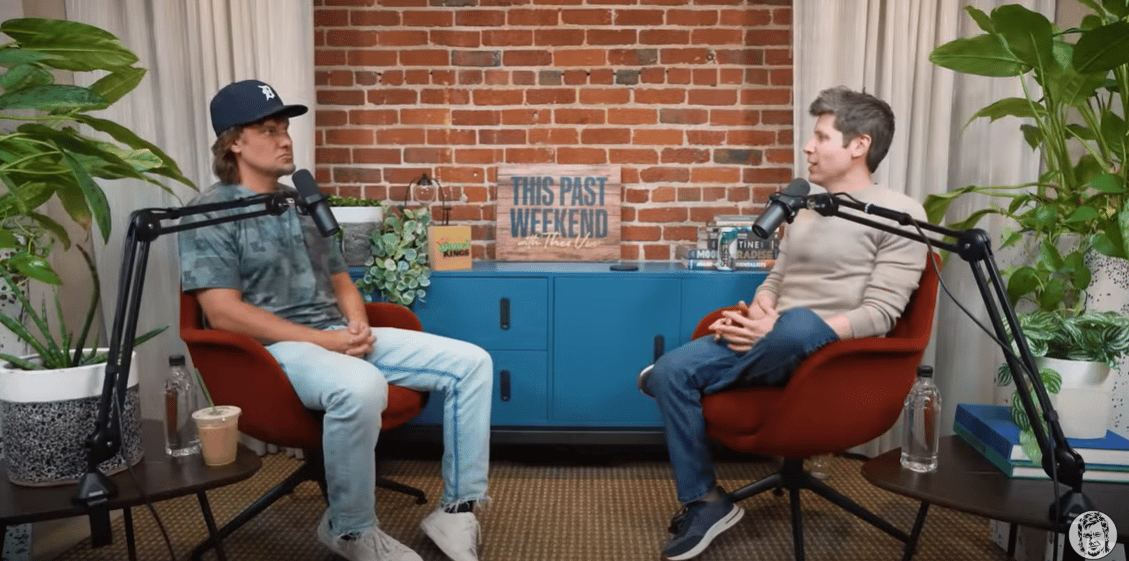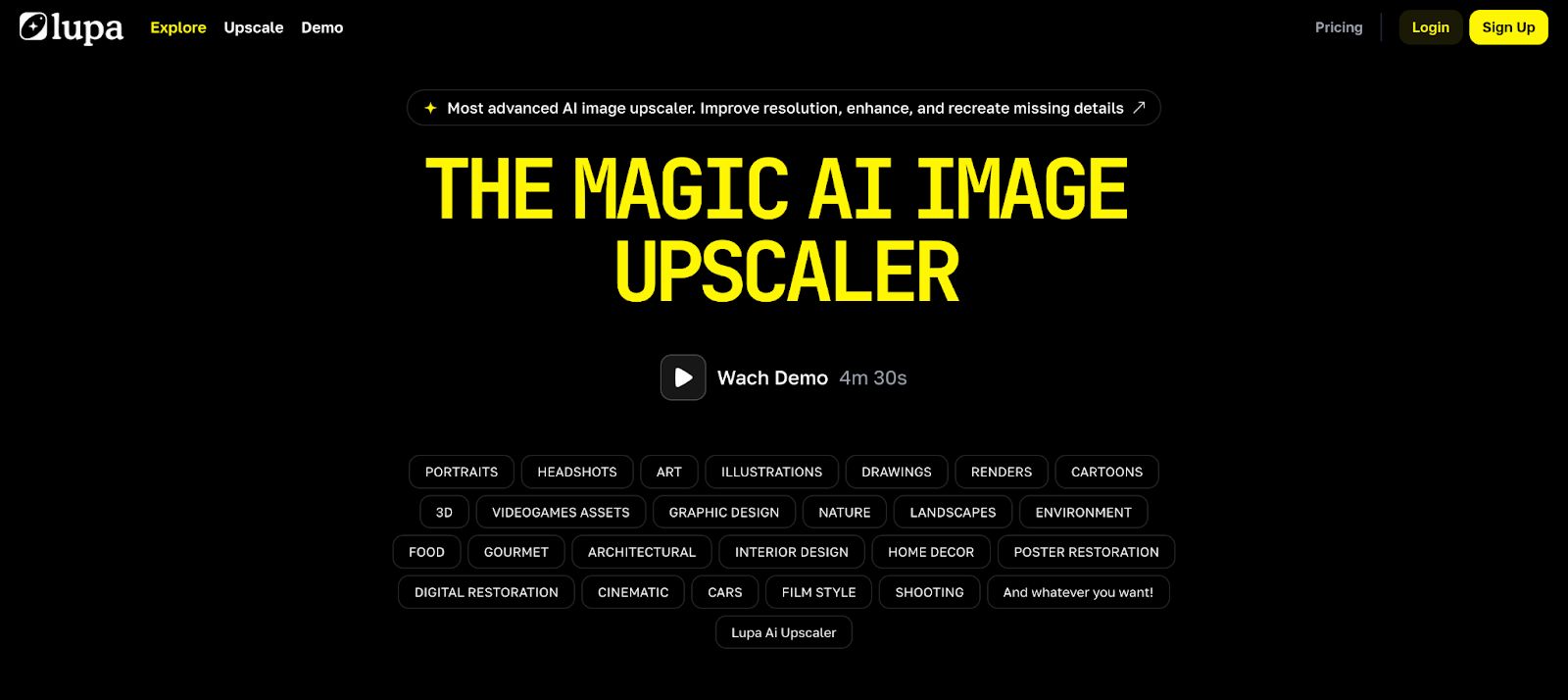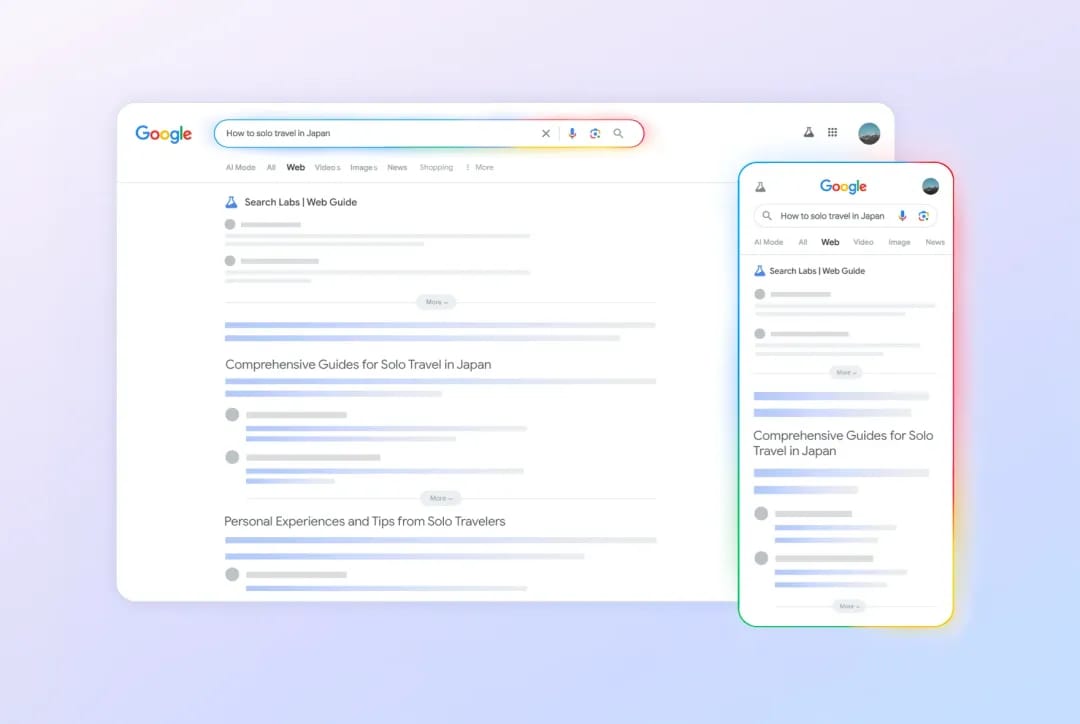- The Shift
- Posts
- ChatGPT 5 Coming This August
ChatGPT 5 Coming This August
Plus, 🎯 Create Scroll-Stopping Ad Thumbnails from Basic Product Photos, Google’s ‘Web Guide’ Reimagines Search With Gemini-Powered AI Groupings, and more!

Hello there! Ready to dive into another upgrading, Mind-boggling, and Value-filled Shift?
Today we have:
🚀 GPT-5 Set to Launch in August — OpenAI Prepares for Another AI Leap
🎯 Create Scroll-Stopping Ad Thumbnails from Basic Product Photos
🔍 Google’s ‘Web Guide’ Reimagines Search With Gemini-Powered AI Groupings
🔨Tools and Shifts you cannot miss
🚀 GPT-5 Set to Launch in August — OpenAI Prepares for Another AI Leap
OpenAI is reportedly preparing to launch GPT-5 next month, marking one of the most anticipated AI releases of the year. The model has faced several delays, but recent activity suggests the rollout is imminent, including live testing, red teaming, and public comments from Sam Altman.

The Shift:
1. GPT-5 Will Combine Language and Reasoning in One System - Unlike earlier versions that focused purely on text, GPT-5 will merge traditional language modeling with o3-style reasoning, eliminating the need to switch models for different use cases, giving developers and users a unified, high-performance tool.
2. Launch Timeline Confirmed by Public Signs and Internal Testing - Altman has described GPT-5’s ability to answer complex questions instantly as a “here it is” moment. Red teaming is underway, and the model is being tested by external users. While originally delayed, the public release is now expected in August, alongside mini and nano API variants.
3. An Open-Weight Model Is Also Imminent - OpenAI’s first open-weight release since GPT-2 is expected in late July or early August. This separate model has been delayed for safety and testing reasons, but will likely coincide with or follow GPT-5’s debut.
GPT-5 could redefine the balance of power in the AI race, and with the U.S. government prioritizing AI dominance, the stakes are high. Combining language and reasoning in one system means fewer tradeoffs and more scalable solutions for real-world use.
🎯 Create Scroll-Stopping Ad Thumbnails from Basic Product Photos
Most performance marketers forget: the thumbnail is your ad’s first impression. Lupa AI lets you turn flat, low-effort images into high-fidelity, conversion-ready visuals in seconds.

Step-by-step:
1. Upload a raw product image or lifestyle shot: Use any basic eCom photo, even those with poor lighting or low resolution.
2. Prompt for aesthetic and purpose
Try: “Vibrant beauty product packshot, soft shadows, studio lighting, reflective acrylic surface, 4K clarity”
This transforms the image into something thumb-stopping for Meta or TikTok.
3. Download and test in your ad creative: Use it as your static thumbnail or test against your UGC-first creatives for improved CTR.
💡 Pro Tip:
Use Lupa AI to make 3 thumbnail variants (e.g., minimal, luxury, neon). A/B test for different audiences.
It’s the fastest way to create premium visual hooks, no photoshoot required.
🔍 Google’s ‘Web Guide’ Reimagines Search With Gemini-Powered AI Groupings
Google has introduced Web Guide, an AI-curated experiment that rethinks how search results are displayed and organized. Now available through Search Labs, this tool runs on a custom Gemini model and restructures traditional results into grouped categories with summaries.

The Shift:
1. Smarter Organization of Search Results - Web Guide uses Gemini and a “query fanout technique” to break down user queries into subtopics. Instead of returning a linear list of results, it organizes pages by relevance, like climate-specific advice or troubleshooting tips. Each group comes with AI-generated summaries.
2. Designed for Complex and Open-Ended Queries - This feature shines in situations where users ask layered or multi-part questions. For example, a query about maintaining family relationships across time zones is answered through several categories of tools and suggestions.
3. Opt-In Only, But Coming to More Tabs - Currently, Web Guide is available under the “Web” tab for those who opt in via Search Labs. Users can easily toggle it off and revert to standard search results anytime. Google has confirmed plans to expand it to the “All” tab soon.
Web Guide marks a key step in merging traditional link-based search with the power of AI structuring, without fully replacing organic results. It may help users rediscover content quality in an internet crowded with shallow AI answers and short-form media.
🔨 AI Tools for the Shift
📚 Free Manga Translator – Professional free manga translation in seconds. Perfect for fans and creators worldwide.
🖼️ SMMAI: AI Banner Maker – Instantly generate 1,000+ AI-powered banner designs. Ideal for marketers, brands, and ad agencies.
🧠 Mexty – Create immersive, interactive learning experiences with AI. Revolutionize how education is delivered.
🔮 TarotQA – Get AI tarot readings to explore your path and decisions. Mystical insights with modern tech.
📊 AISheets – Gamify your learning and make studying fun again. Built for students powered by smart AI.
🚀Quick Shifts
🇺🇸 US moves to limit 'woke AI'. Trump’s new executive order bars federal agencies from using AI models reflecting DEI, urging a shift toward "neutral," fact-based tools free from ideological influence.
🎨 Figma Make, the prompt-to-app AI tool, is now open to all users. While full publishing requires a Full Seat, everyone can experiment with prototypes using design references and prompts.
💎 Google is testing Opal, a vibe-coding tool that lets users create mini web apps using text prompts. Available via Google Labs, it targets non-coders with a visual, remixable workflow.
🧍♀️Google is launching an AI try-on feature that lets users upload full-body photos to preview outfits on themselves, now available across Search, Shopping, and product listings in the U.S.
🌍 Alibaba is launching Qwen3-MT, a powerful AI translation model supporting 92+ languages, outperforming others in multiple benchmarks and designed to handle both common and low-resource language pairs effectively.
That’s all for today’s edition see you tomorrow as we track down and get you all that matters in the daily AI Shift!
If you loved this edition let us know how much:
How good and useful was today's edition |
Forward it to your pal to give them a daily dose of the shift so they can 👇
Reply